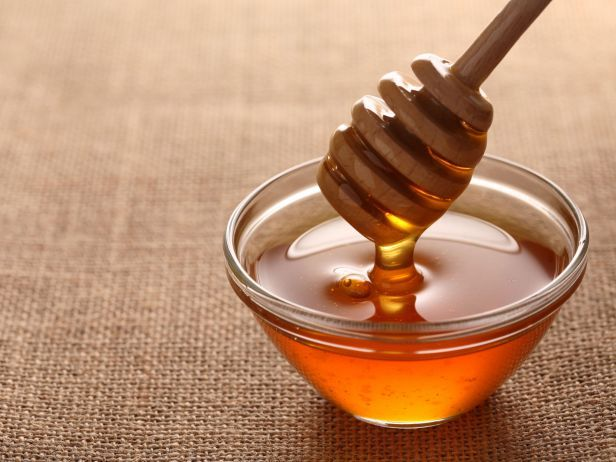Recent Research Shows Honey No Different From Sugar.

Many people use honey as a substitute to sugar as honey is natural sweetener whereas sugar is processed and refined thus making it seem inferior. Honey has also been valued for the presence of antioxidants and purported antibacterial properties. However, did you know that honey is nearly 82% sugar and half of that sugar is fructose? The solid granules that you find when honey crystallises is precipitated glucose crystals in a solution of fructose and other ingredients. Honey has only traces of minerals and other vitamins and is largely carbs. In fact, honey IS sugar though sugar has lesser calories. However, honey actually has slightly more carbohydrates and more calories per teaspoon than granulated sugar; hence any saving in calories and carbohydrates is negligible. The chemical composition of both honey and sugar is pretty much the same.
The Honey Study.
A research was recently done and the study* was published in the Journal of Nutrition which states that honey is no different from sugar in many ways. In the study, 55 volunteers were given each of the sweeteners, viz. cane sugar, honey and high-fructose corn sweetener daily for two weeks. The group had two categories of people - those with normal glucose tolerance (GT) and second with impaired glucose tolerance (IGT). The parameters which were compared were body weight, insulin, blood sugar, cholesterol and blood pressure. It was found that the impact of all three sweeteners was the same and most measures were unchanged. Blood fat or cholesterol which is a measure for heart disease spiked with all three sweeteners. Triglycerides, inflammation, glycemia (blood sugar) increased significantly from pre- to post-treatment in response to all sugars tested in both the groups. All other responses were significantly higher in the IGT group compared with the GT group.
Should Honey Be Avoided?
There are some types of honey which have show excellent antibacterial action like Manuka honey which is made by bees that feed on the flowers of the Manuka bush found in New Zealand which flower for just 2-6 weeks a year. Manuka honey with a minimum of Unique Manuka Factor of 15 is supposedly most effective. The antibacterial component in Manuka honey is methylglyoxal (MG). MG is a compound found in most types of honey, but usually only in small quantities. The higher the concentration of MG, the stronger the antibiotic effect. In 2010, the scientific steering committee of the National Cancer Institute approved a proposal for the use of Manuka honey for the reduction of inflammation of the esophagus associated with chemotherapy. There are other claims of Manuka honey’s efficacy in treating H Pylori as also skin conditions like acne rosacea, eczema and burns.
Then there is Buckwheat honey which is dark honey gathered from the nectar of the flowers of the buckwheat grain. Buckwheat honey supposedly has the highest levels of antioxidants. Darker honeys have higher antioxidants than lighter honeys.
Whether you wish to include honey is your diet or not, remember that even the best of honeys are a source of concentrated sugar. Moderation should be the key and if you have glucose tolerance issues, it is best to monitor its impact on your body. You are the best person to know your body and the effect various foods have on it. Listen to your body ; it is talking to you all the time.
* Source.
